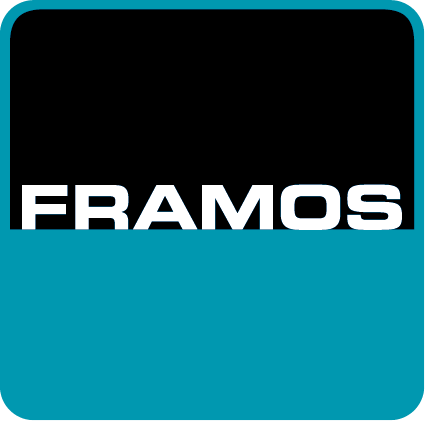Distributed SLAM - Jointly mapping 3D Geometry (MA / IDP / Project)
Advisor: Prof. Dr. Nassir NavabSupervision by: Patrick Ruhkamp, Benjamin Busam
Start date: asap
Industrial Partner:
|
FRAMOS Research Mehlbeerenstraße 2 82024 Taufkirchen Phone: +49 89 710 667 243 Email: |

|
Abstract
Exploring an unknown scene and self-positioning within it, is a common and well-studied problem in Computer Vision which is known as SLAM (Simultaneous Localization and Mapping). Core fields of application are autonomous cooperative robotics and vehicles as well as tracking and detection systems in the medical domain. Traditional methods target a single system, equipped with image sensors, exploring the scene and building up a map for localization (e.g. a single robot or drone moving within an unknown environment). New approaches also incorporate information from other sensors such as IMUs, gyro or GPS. Another objective for the determination of the position is outside-in-tracking of an object via marker tracking with external sensors, thus providing the relative position of an object with respect to the tracking system. To overcome the line-of-sight problem of outside-in-tracking, and the singularity constraint of traditional SLAM methods, the project aims to develop a distributed SLAM approach. Multiple systems (referred to as sensor nodes hereafter), equipped with an image sensor, contribute to a common map of the scene for localization, while being also tracked by outside-in-tracking for accuracy. Thus, accuracy and applicability can be elevated with a distributed SLAM approach, combining the information of multiple sensor nodes and an external tracking system. Furthermore, the necessity of complicated and error prone calibration processes for individual systems within one application scenario can be avoided. The objective is to develop a generative distributed SLAM approach for challenging scenes and applications. Features like loop detection and closing, pose graph optimization, re-localization and mapping should be extended to a distributed approach, also enabling scalability.Resources
Literature
Contact
If you are interested in the topic please write an e-mail to .| Students.ProjectForm | |
|---|---|
| Title: | Distributed SLAM - Jointly mapping 3D Geometry |
| Abstract: | Exploring an unknown scene and self-positioning within it, is a common and well-studied problem in Computer Vision which is known as SLAM (Simultaneous Localization and Mapping). Core fields of application are autonomous cooperative robotics and vehicles as well as tracking and detection systems in the medical domain. Traditional methods target a single system, equipped with image sensors, exploring the scene and building up a map for localization (e.g. a single robot or drone moving within an unknown environment). New approaches also incorporate information from other sensors such as IMUs, gyro or GPS. Another objective for the determination of the position is outside-in-tracking of an object via marker tracking with external sensors, thus providing the relative position of an object with respect to the tracking system. To overcome the line-of-sight problem of outside-in-tracking, and the singularity constraint of traditional SLAM methods, the project aims to develop a distributed SLAM approach. Multiple systems (referred to as sensor nodes hereafter), equipped with an image sensor, contribute to a common map of the scene for localization, while being also tracked by outside-in-tracking for accuracy. Thus, accuracy and applicability can be elevated with a distributed SLAM approach, combining the information of multiple sensor nodes and an external tracking system. Furthermore, the necessity of complicated and error prone calibration processes for individual systems within one application scenario can be avoided. The objective is to develop a generative distributed SLAM approach for challenging scenes and applications. Features like loop detection and closing, pose graph optimization, re-localization and mapping should be extended to a distributed approach, also enabling scalability. |
| Student: | Joe Bedard |
| Director: | Prof. Dr. Nassir Navab |
| Supervisor: | Patrick Ruhkamp, Benjamin Busam |
| Type: | DA/MA/BA |
| Area: | Industrial Tracking, Registration / Visualization, Computer Vision |
| Status: | running |
| Start: | |
| Finish: | |
| Thesis (optional): | |
| Picture: | |